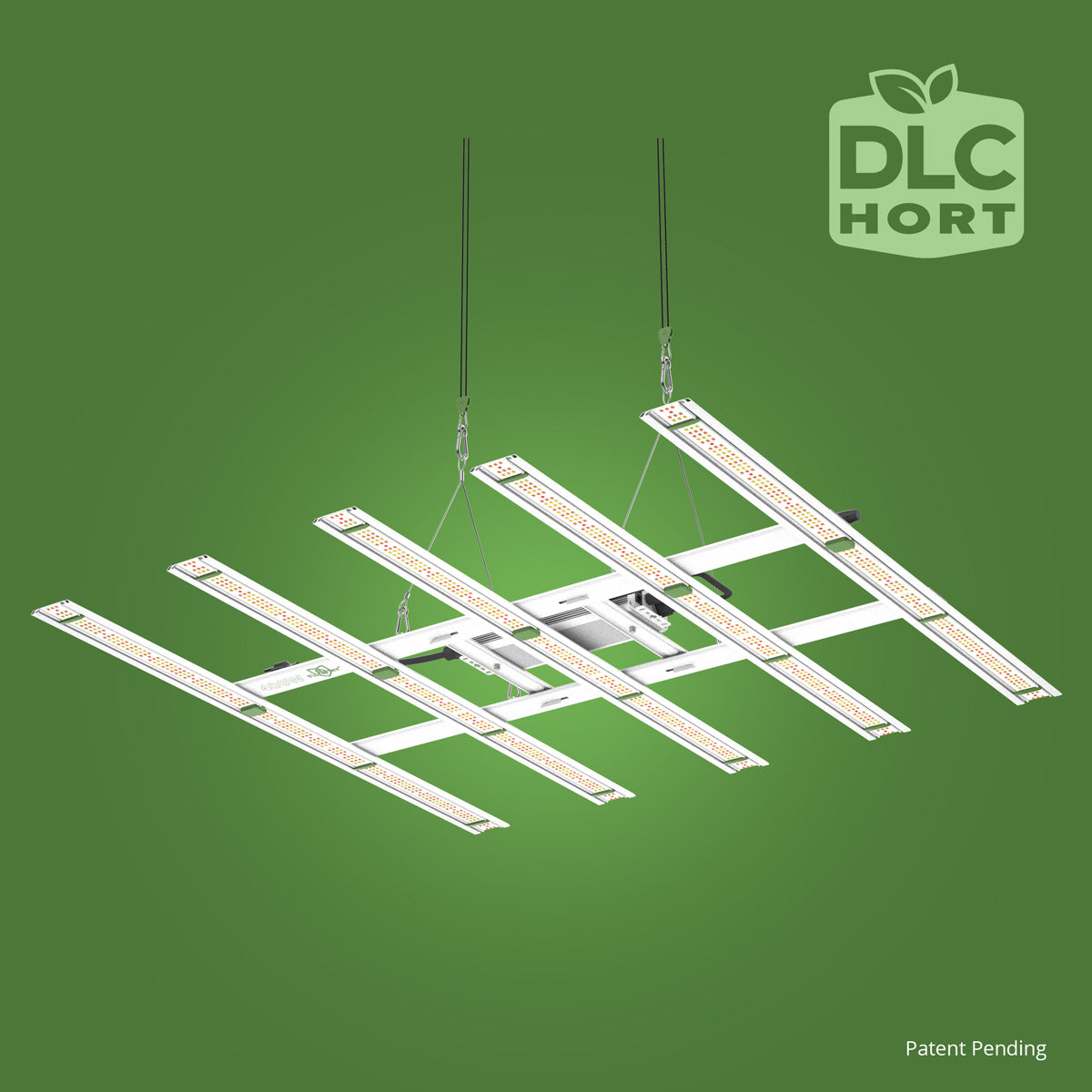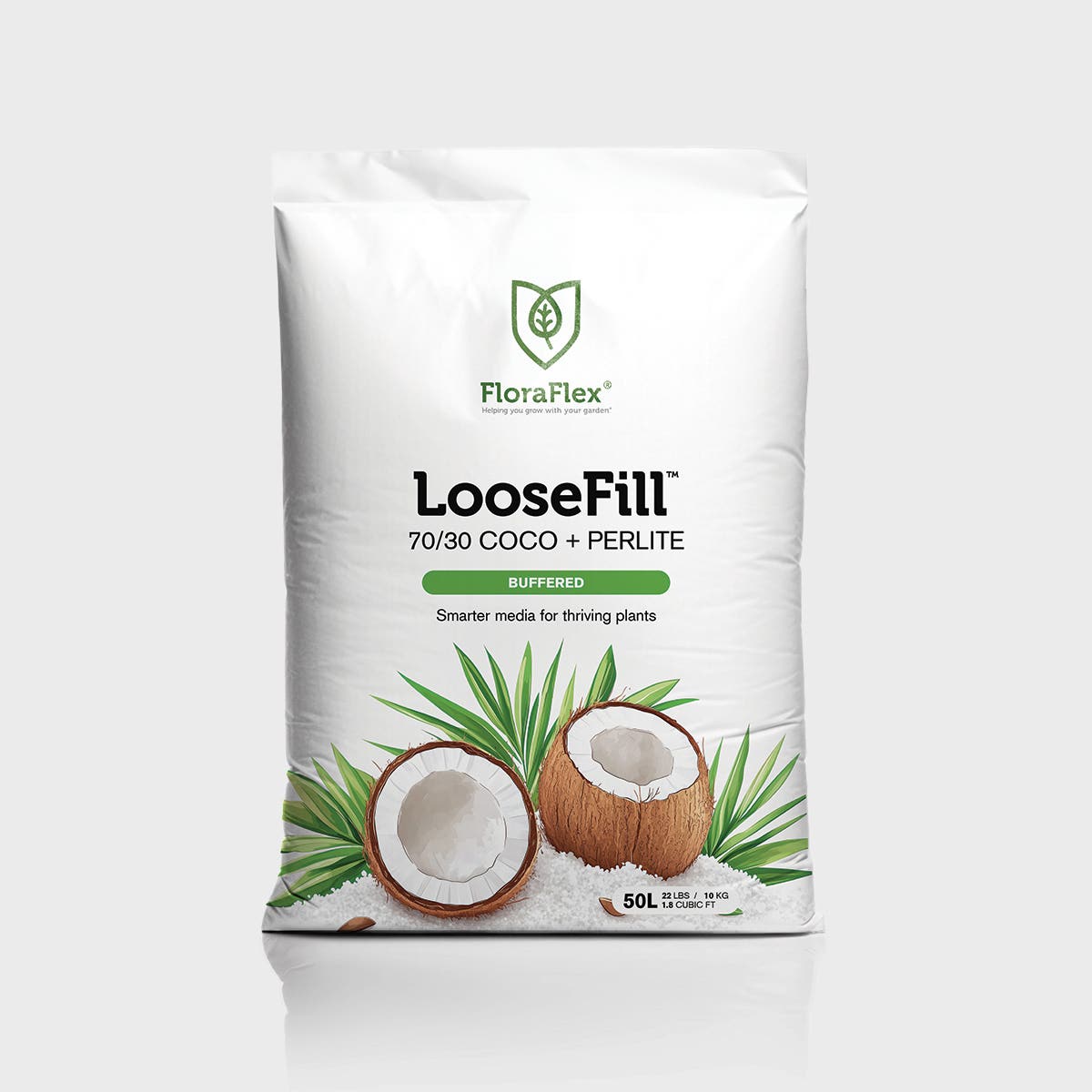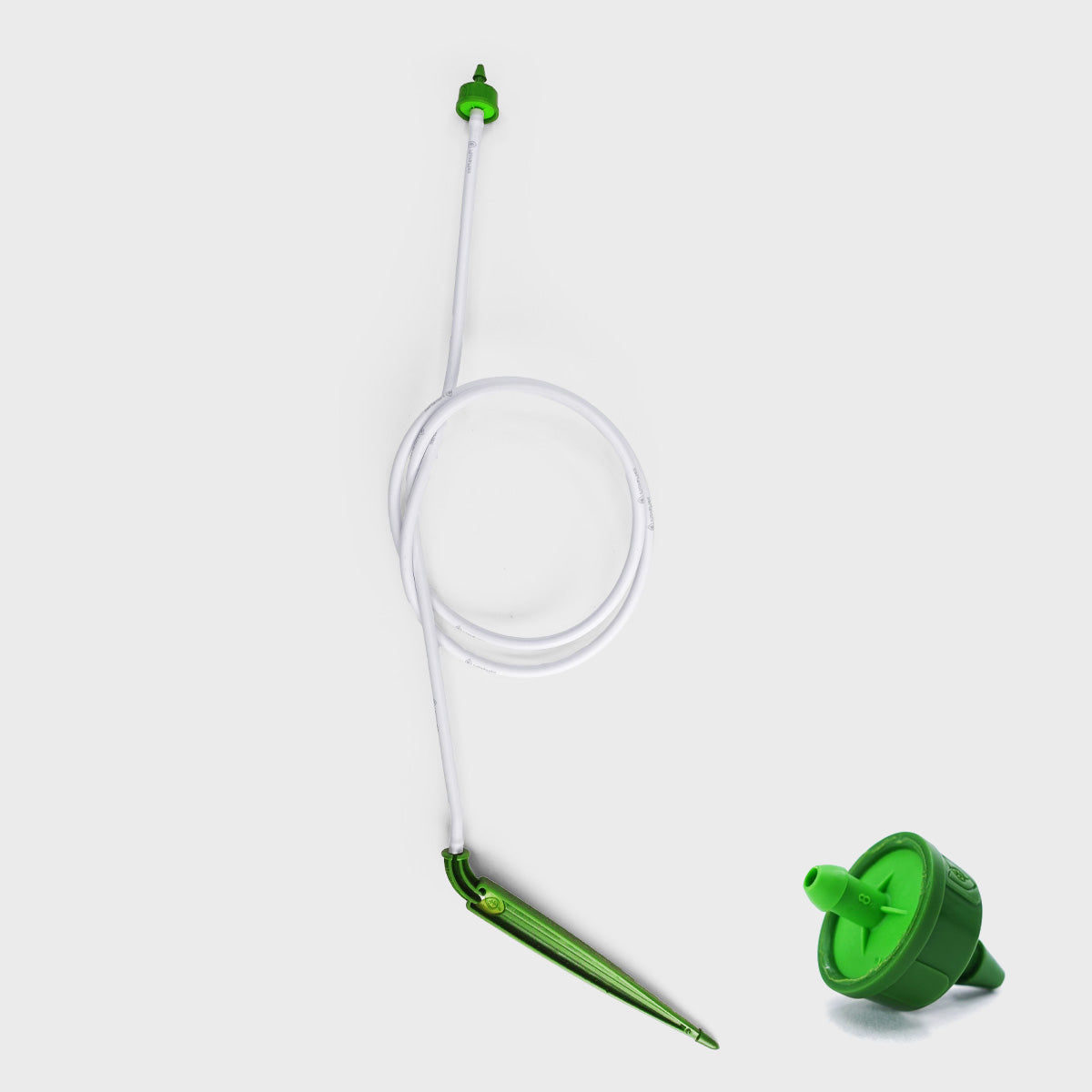What is Underwatering?
Underwatering occurs when cannabis plants do not receive sufficient water to meet their hydration needs. Insufficient water supply can hinder nutrient uptake, impede metabolic processes, and negatively impact overall plant health.
Causes and Consequences of Underwatering
Underwatering can be caused by factors such as infrequent or inadequate watering, environmental conditions, improper watering techniques, or neglect. It can lead to nutrient deficiencies, stunted growth, reduced photosynthesis, wilting, and increased susceptibility to stressors and diseases.
Signs and Symptoms of Underwatering
Wilting and Drooping Leaves
One of the primary signs of underwatering is wilting and drooping leaves. The plant's leaves may appear limp and lifeless, and the overall plant may exhibit a noticeable decline in turgidity.
Dry and Crumbly Soil
Underwatered plants often have dry, parched soil that is crumbly to the touch. The soil may pull away from the sides of the container, indicating a lack of moisture.
Slow or Stunted Growth
Underwatering can significantly hinder the growth of cannabis plants. They may exhibit slow growth or fail to develop as expected. Leaves may appear small, and overall plant stature may be smaller than normal.
Leaf Curling and Yellowing
Underwatered plants may exhibit leaf curling as a response to water stress. Additionally, the leaves may start to yellow, particularly from the tips or edges, indicating nutrient deficiencies and dehydration.
Prevention and Remedies for Underwatering
Proper Watering Practices
Adopt proper watering practices to ensure adequate hydration. Water the plants thoroughly until water drains out from the bottom of the container. Allow the soil to dry slightly between watering cycles, but avoid prolonged drought periods.
Monitoring Soil Moisture
Regularly monitor the moisture levels of the soil by inserting your finger into the top few inches. If the soil feels dry, it's an indication that the plants need watering. Use moisture meters or self-watering systems for precise monitoring.
Adjusting Watering Frequency
Take into account factors such as plant size, environmental conditions, container size, and growth stage to determine the appropriate watering frequency. Adjust watering based on the specific needs of your cannabis plants.
Rehydrating Underwatered Plants
If you notice signs of underwatering, thoroughly water the plants to rehydrate the soil. Gradually increase watering frequency while ensuring proper drainage to restore optimal moisture levels.
FAQs
Q1: How often should I water my cannabis plants?
A1: The watering frequency for cannabis plants depends on several factors, including the size of the plant, environmental conditions, container size, and growth stage. It's important to monitor the soil moisture and water thoroughly when the top few inches of the soil feel dry.
Q2: Can underwatered cannabis plants recover?
A2: Underwatered cannabis plants can recover if timely intervention is provided. By rehydrating the plants, adjusting watering practices, and providing proper care, they can regain turgidity and resume healthy growth.
Q3: What are the long-term effects of underwatering?
A3: Long-term underwatering can lead to stunted growth, reduced yield potential, nutrient deficiencies, increased susceptibility to stressors and diseases, and overall poor plant health. It's essential to address underwatering promptly to minimize long-term effects.
Q4: How can I prevent underwatering in cannabis plants?
A4: To prevent underwatering, adopt proper watering practices, monitor soil moisture levels regularly, adjust watering frequency based on plant needs and environmental conditions, and ensure thorough hydration during watering sessions.
Q5: What are the risks of overwatering compared to underwatering?
A5: Overwatering can lead to root rot, nutrient leaching, oxygen deprivation, and fungal growth, while underwatering can result in nutrient deficiencies, stunted growth, and increased stress susceptibility. Balancing watering practices is crucial for maintaining optimal soil moisture and plant health.








